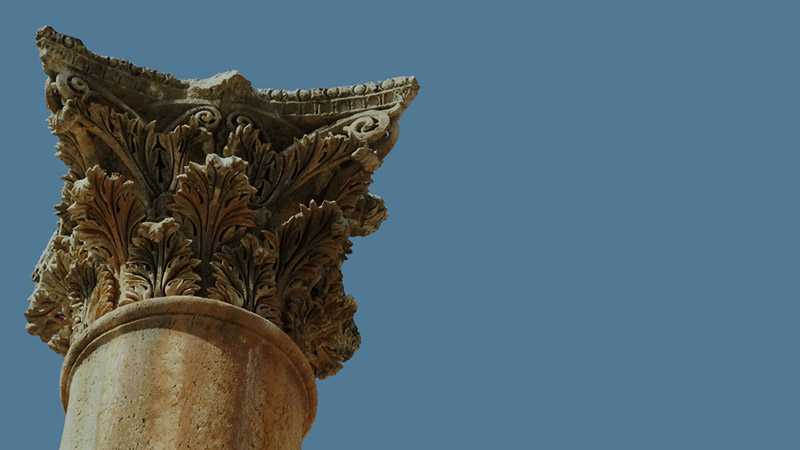Select Marker to See Location Name
You Searched "olive trees"
-
Volume 14
Volume 14 | The Mission of Jesus
-
Volume 12
Lesson 12.3 | Help Is Here
- LOAD MORE
- SHOW ALL
Updating...
Volume 14 |
Volume 14 | The Mission of Jesus |
Volume 12 |
Lesson 12.3 | Help Is Here |
Showing 12 of 53

Fertility Cults of CanaanOnly recently have scholars begun to unravel the complex religious rituals of Israel's Canaanite neighbors. Much of our knowledge of the origins and character of these fertility cults remains tentative and widely debated. ...
MORE
This kitchen is near the door of the house. A domed oven has been reconstructed; it was probably used for heating and cooking when the weather was cold. There would be similar ovens outside for use at other times.The outer part of the oven gathere...
MORE
Tel Azekah is a five-acre site overlooking the Valley of Elah. The Judea Mountains stand to the east. The Mediterranean Sea, located about twelve miles to the west, can be seen from the tel.Archaeologists have identified at least four levels of ci...
MORE
This crusher is found at Capernaum, Jesus' home-base (Matthew 4:13), near the synagogue. The local basalt "a hard, volcanic black rock" made excellent crushers and other types of grinders.Jesus frequently saw crushers and millstones like...
MORE
Most cities from the biblical period were fairly small, and people lived in closely knit, well-defined communities. Jerusalem of David's time covered 9-10 acres with a population of 1,500-2,000 persons. Jerusalem during Jesus' time occupied about ...
MORE
This olive press is in the Capernaum, Jesus' home-base (Matt. 4:13), near the synagogue. The crushed olive pulp was placed in baskets (about four inches thick and two feet in diameter), which were then stacked several high. These baskets are barel...
MORE
The word gethsemane is derived from two Hebrew words: gat, which means "a place for pressing oil (or wine)" and shemanim, which means "oils."During Jesus' time, heavy stone slabs were lowered onto olives that had already been c...
MORE
This press was located in a building, not a cave. The pulp from the crusher was put in baskets and placed on the stone base under the large limestone pillar. Note the groove around the outside, which channeled the oil into the pit just to the left...
MORE
Canaanite goddess of fertility. She is portrayed as a nude female, sometimes pregnant, with exaggerated breasts that she holds out as symbols of her fertility. The Bible indicates that she was worshiped near trees and poles, called Asherah poles.
MORE
Garden; or terraced hillside, sometimes containing a number of different fruit trees like olive, fig, and grape.
MORE
The word gethsemane is derived from two Hebrew words: gat, which means "a place for pressing oil (or wine)", and shemanim, which means "oils." During Jesus' time, heavy stone slabs were lowered onto olives that had already been...
MORE